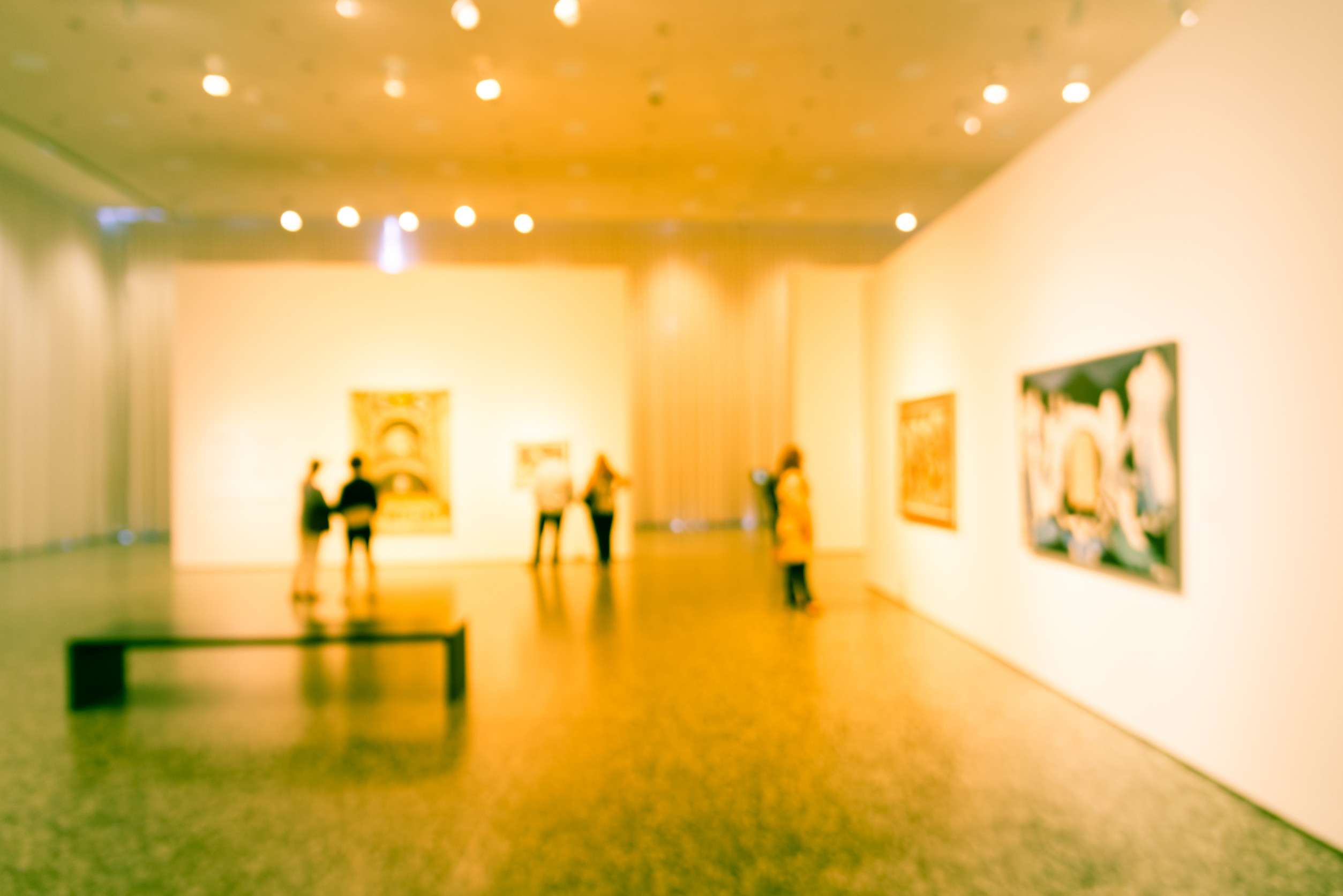Walking into an art gallery is like stepping into a sacred conversation between the artist and the viewer. Each piece holds a fragment of imagination, history, or emotion that deserves our respect. Yet, despite the almost reverent atmosphere of these spaces, there are always a few missteps that can turn a visit sour—sometimes without even realizing it.
Whether you’re a seasoned art lover or just curious about the next exhibition in town, knowing what not to do can make a world of difference.
Touch the Artwork
As tempting as it might be to run your fingers along the textured strokes of a painting or the smooth surface of a sculpture, touching the art is a cardinal sin in any gallery. Even the lightest touch can leave oils, moisture, or tiny scratches that, over time, degrade the piece. Most artworks are incredibly delicate, and even materials that seem tough, like stone or metal, can be surprisingly vulnerable. Museums and galleries invest heavily in climate control and preservation efforts, all of which can be undone by a single fingerprint. Always admire from a respectful distance and trust your eyes to do the exploring.
Ignore the Gallery Rules
Every gallery sets its own expectations, whether it’s about photography, sketching, or staying behind certain barriers. Ignoring these rules not only disrespects the institution but can also endanger the very works you came to see. Often, these guidelines are designed to protect both visitors and the art itself from accidental harm. If you’re unsure about something, don’t be afraid to ask a gallery attendant—they’re there to help. Following the rules shows appreciation for the art and the countless hours it took to make it accessible to the public.
Block Other Visitors’ Views
It’s easy to get lost in the beauty of a painting or sculpture and not realize you’ve been standing right in front of it for ten minutes straight. However, galleries are shared spaces, and hogging the best view can frustrate others who also want a chance to experience the work. Try to be mindful of your surroundings and move aside once you’ve had a good look. Sometimes stepping back can actually offer a better perspective on the art. A little spatial awareness goes a long way toward creating a welcoming environment for everyone.
Talk Loudly or Take Calls
A gallery isn’t a library, but it shares that same spirit of quiet reflection and respect. Loud conversations, phone calls, or even overly boisterous laughter can shatter the mood and pull people out of their experience. If you absolutely must take a call, it’s courteous to step outside or find a designated area away from the exhibits. Similarly, if you’re visiting with friends, try to keep your voices low and discussions thoughtful. The atmosphere of a gallery thrives when everyone treats it like the contemplative space it’s meant to be.
Take Flash Photos Without Permission
Photography policies vary widely between galleries, but one universal truth remains: flash photography is almost always a no-go. The intense light from a camera flash can damage fragile pigments and finishes over time, leading to irreversible deterioration. Even if you think one quick snapshot won’t hurt, it contributes to a larger pattern that can have serious consequences. Many galleries have strict rules about photography, and breaking them can result in being asked to leave. If you’re dying for a photo, double-check the posted rules or ask an attendant first.
Eat or Drink Near the Exhibits
A latte or snack might seem harmless, but in a gallery, they’re potential disasters waiting to happen. One careless movement and you could spill something on priceless art, causing permanent damage. Even if you’re confident in your ability to balance a coffee cup, crumbs, moisture, and smells can all create an unsavory environment for delicate works. Most galleries have designated cafés or eating areas—use them, and keep the exhibition floors food- and drink-free. It’s a small sacrifice to protect the incredible art you came to see.
Touch the Frames or Display Cases
Sometimes, even if the artwork itself is behind glass, touching the frame, case, or stand is still considered off-limits. These protective elements are carefully maintained to preserve the display’s integrity and aesthetic. Fingerprints, oils, or accidental jostles can make the staff’s job harder and compromise the artwork’s security. It’s best to keep your hands to yourself and enjoy the craftsmanship from a respectful distance. A simple gesture of restraint communicates deep appreciation for both the art and the people who work tirelessly to protect it.
Over-Explain or Criticize Loudly
Art is subjective, and it’s natural to have your own interpretations or strong opinions about a piece. However, loudly announcing your critiques or giving impromptu lectures to your friends can create an unpleasant experience for others. Galleries are spaces where visitors are encouraged to form their own connections with the art, free from external noise. Allow others the courtesy of quiet contemplation, and save detailed discussions for after you leave the exhibition. Sharing your thoughts is great—but timing and setting matter just as much.
Respect The Art And The Galleries
Art galleries are havens of creativity, emotion, and history. They rely on a collective spirit of respect to maintain the awe and wonder that each piece inspires. Whether you’re marveling at Renaissance masterpieces or avant-garde installations, a little mindfulness ensures that the experience remains magical for everyone. Remember: appreciating art is about more than just looking—it’s about honoring the space and the stories within it.
If you have any gallery experiences or additional tips you’d like to share, drop a comment and share your thoughts for others below.
Read More
10 Traditions That Are Surprisingly Offensive in Other Cultures
10 Gen X Pop Culture Icons Who Are Still Relevant



Leave a Reply